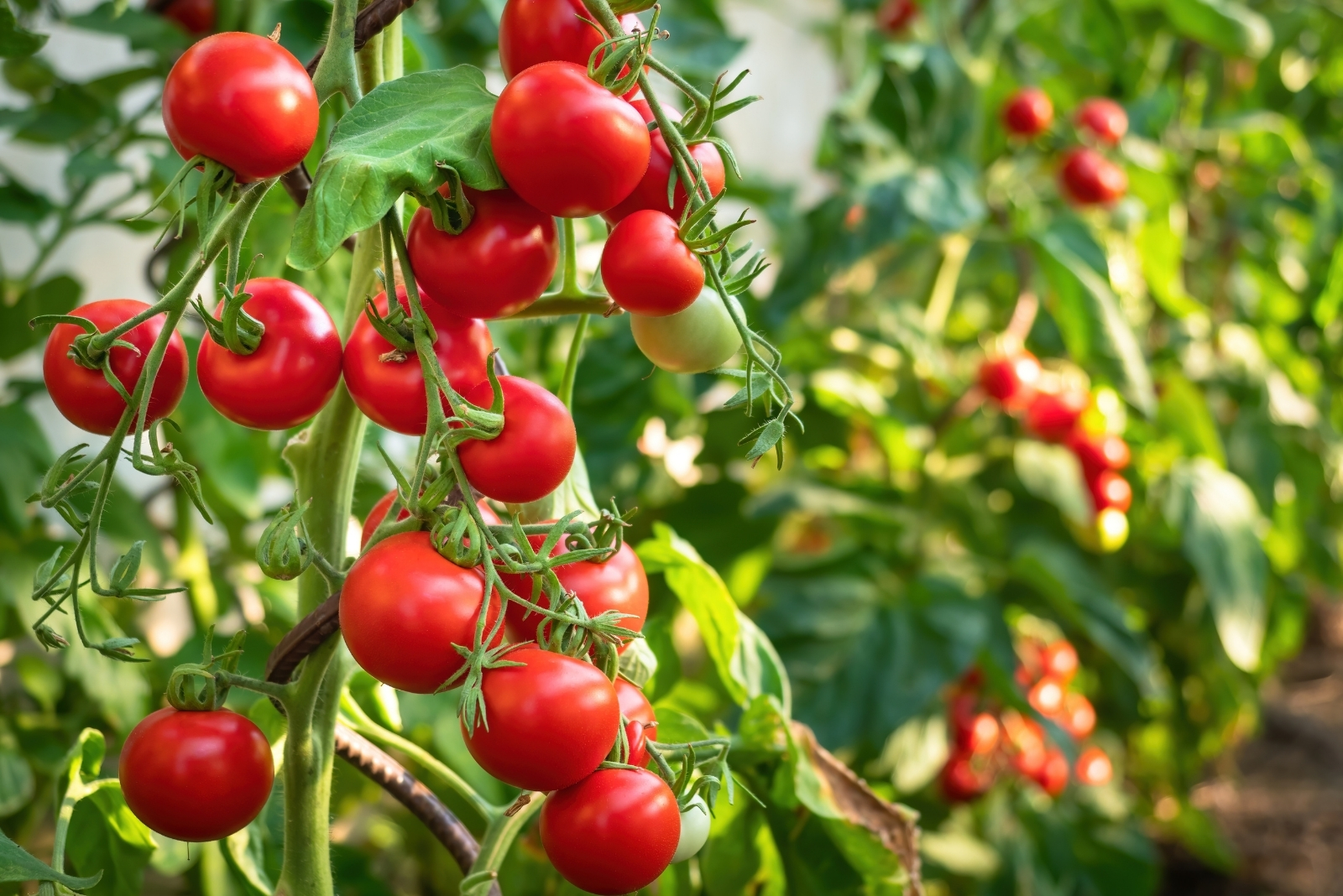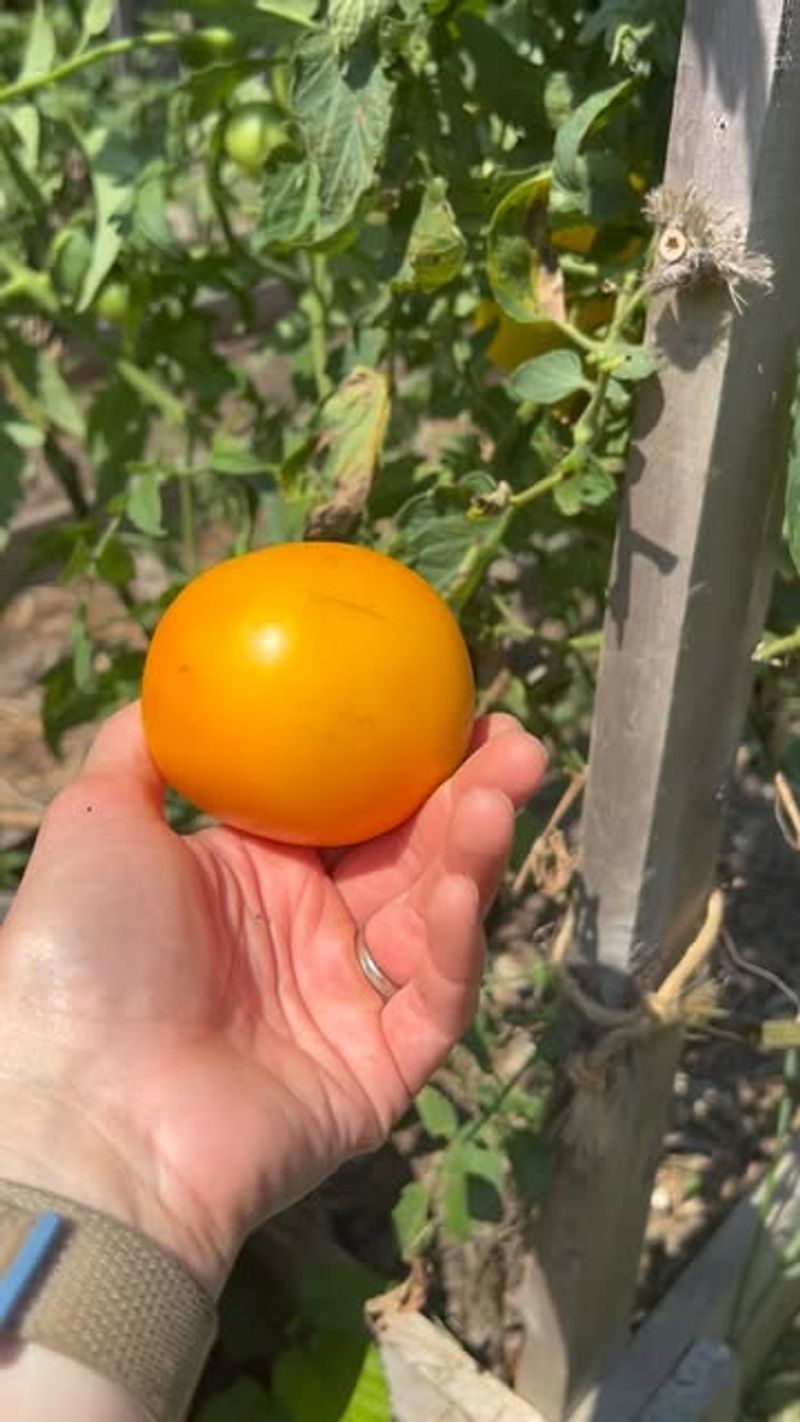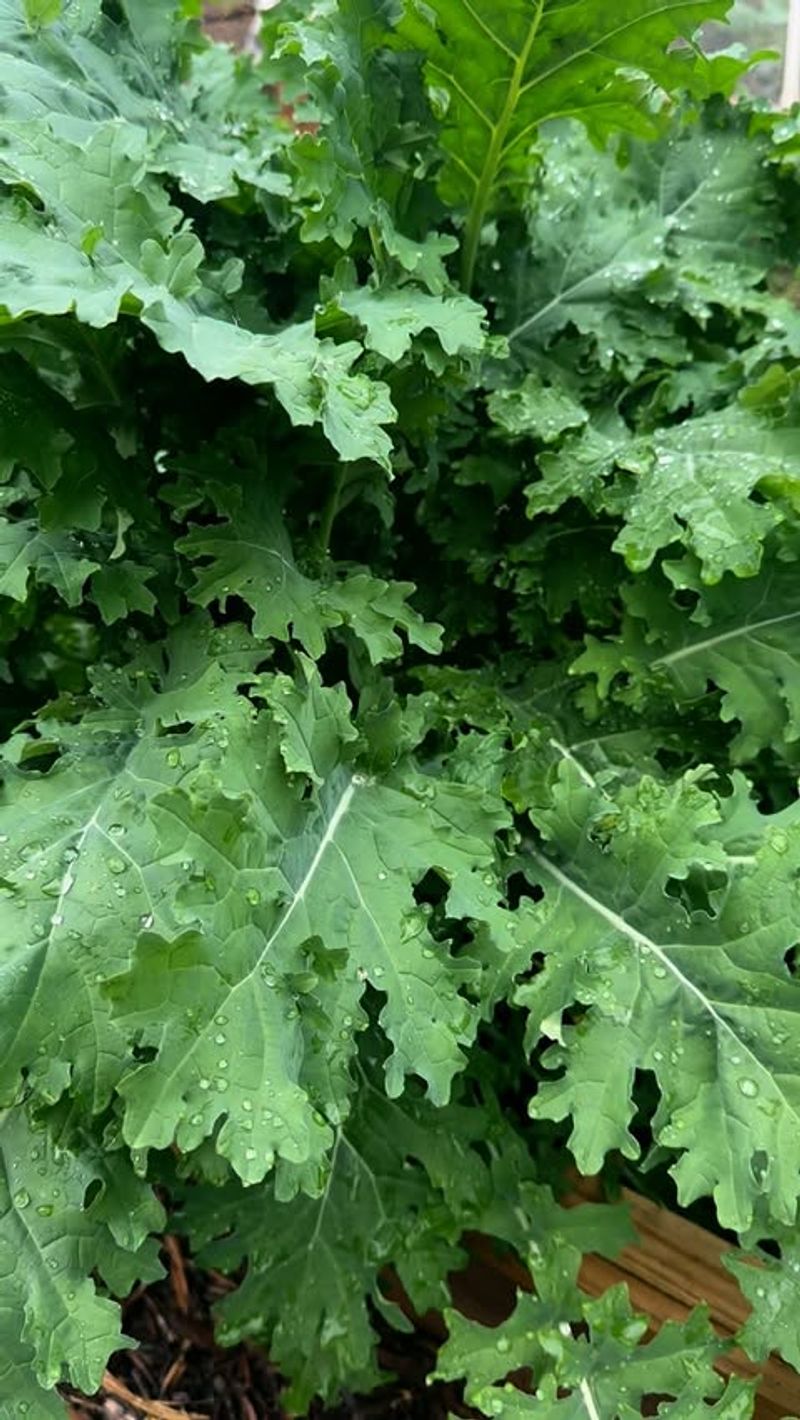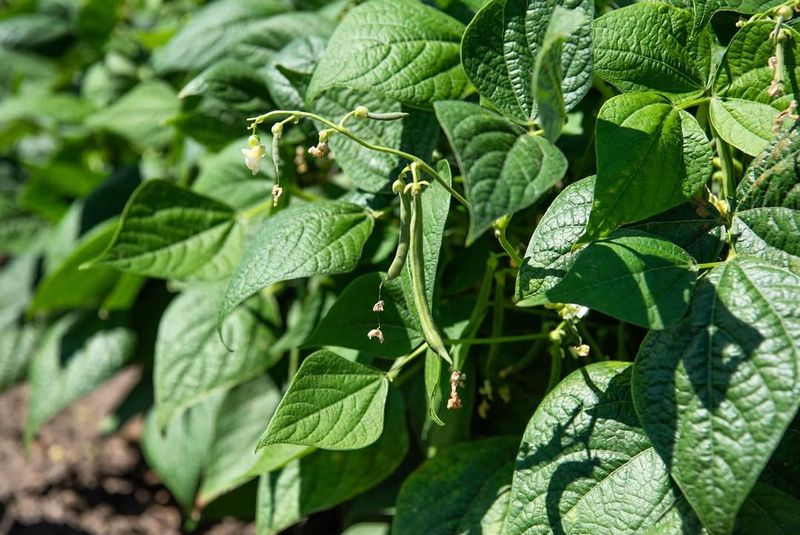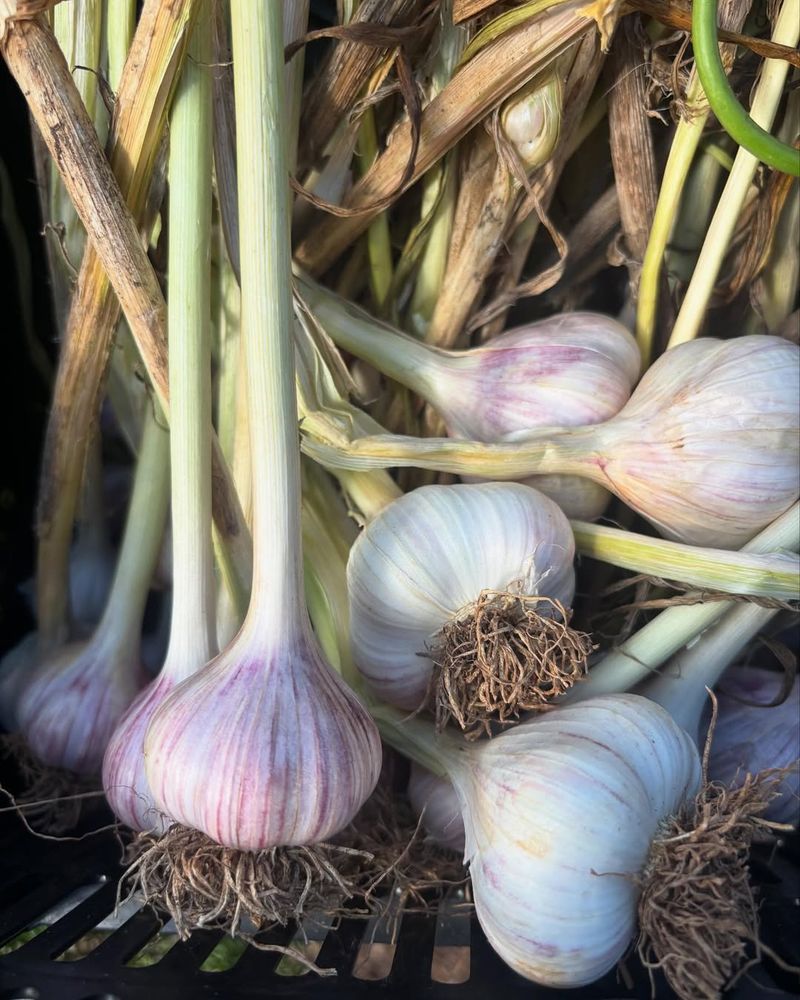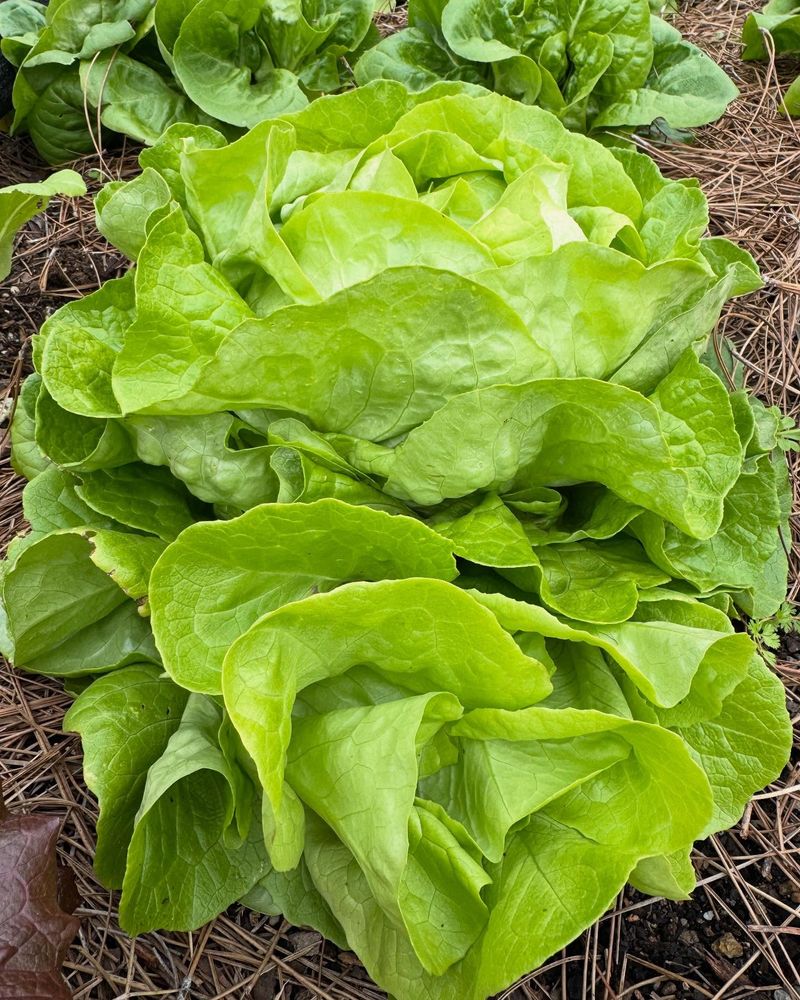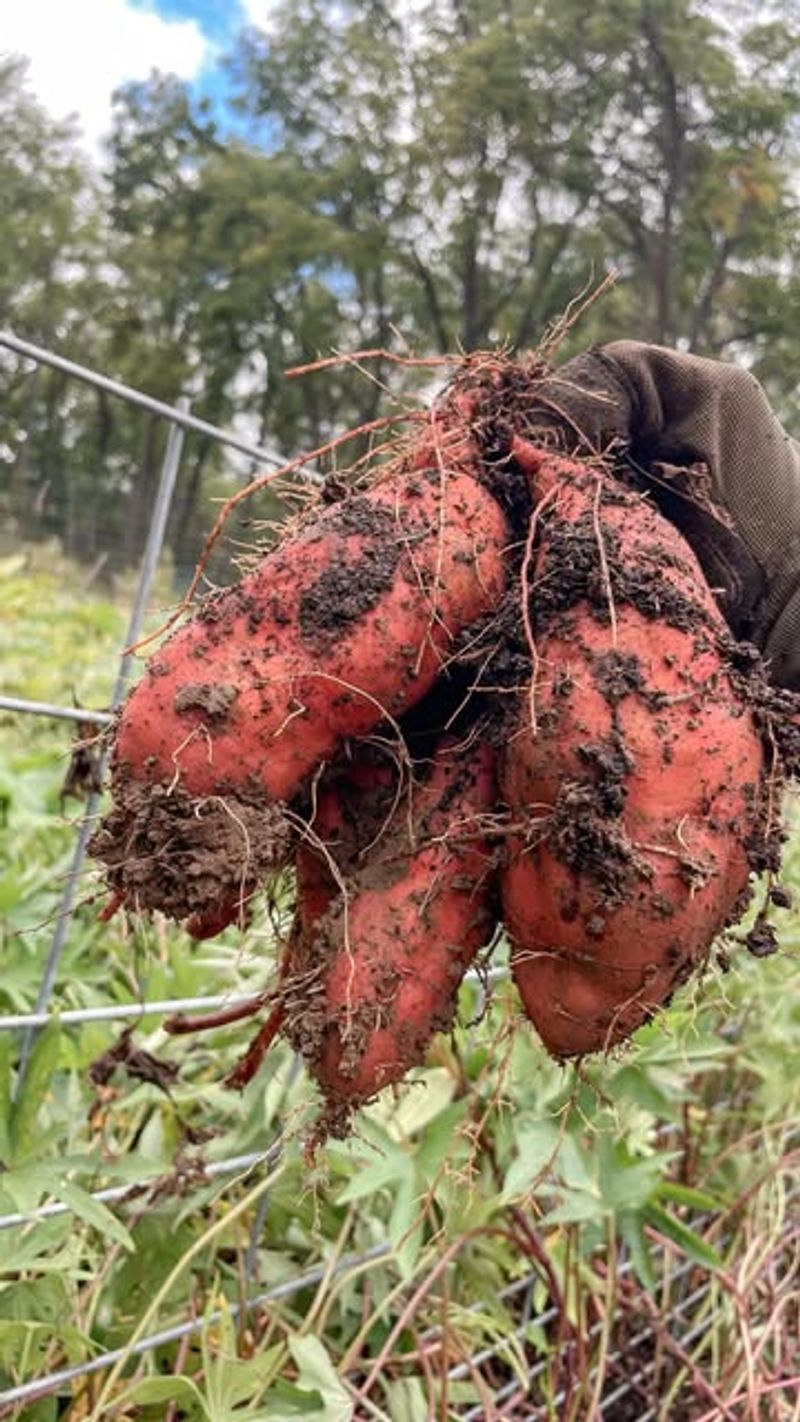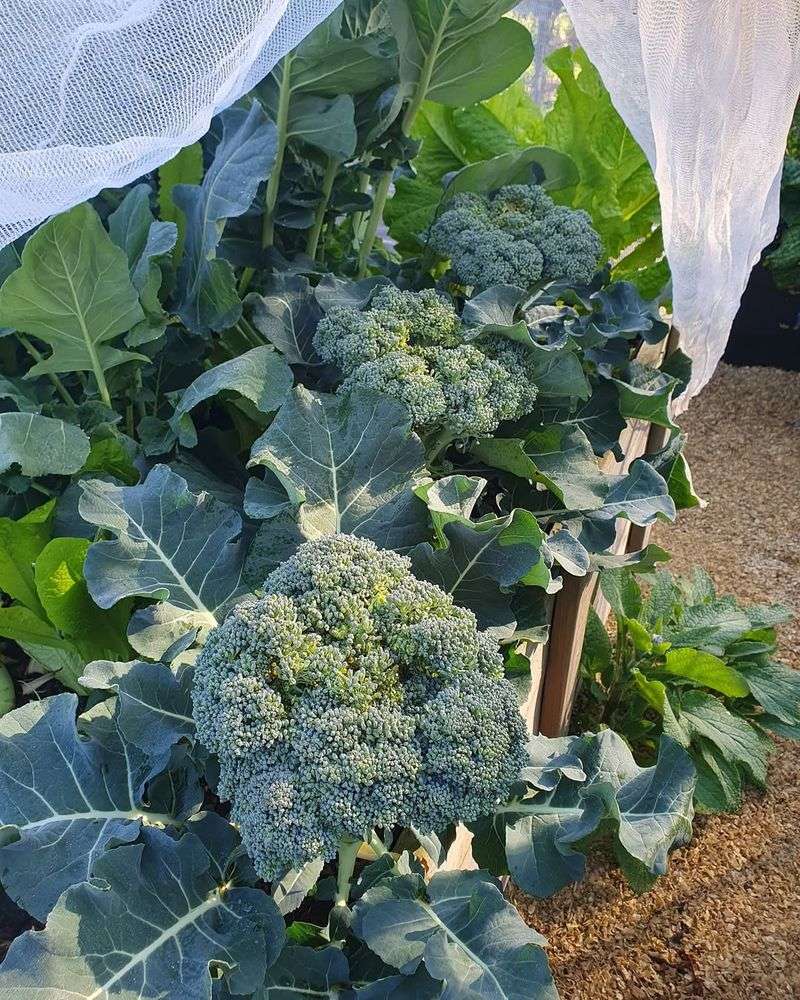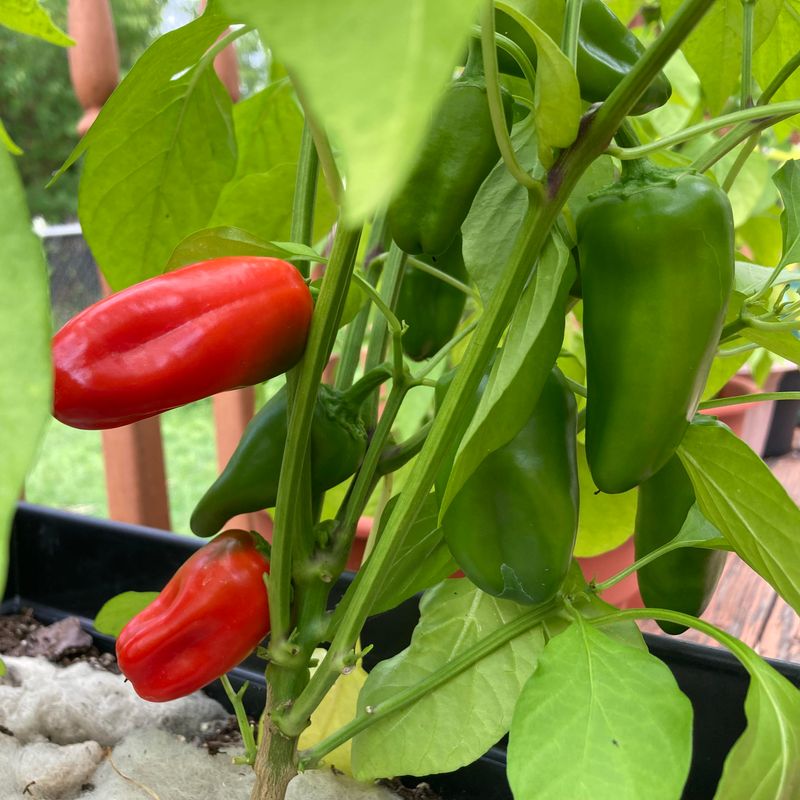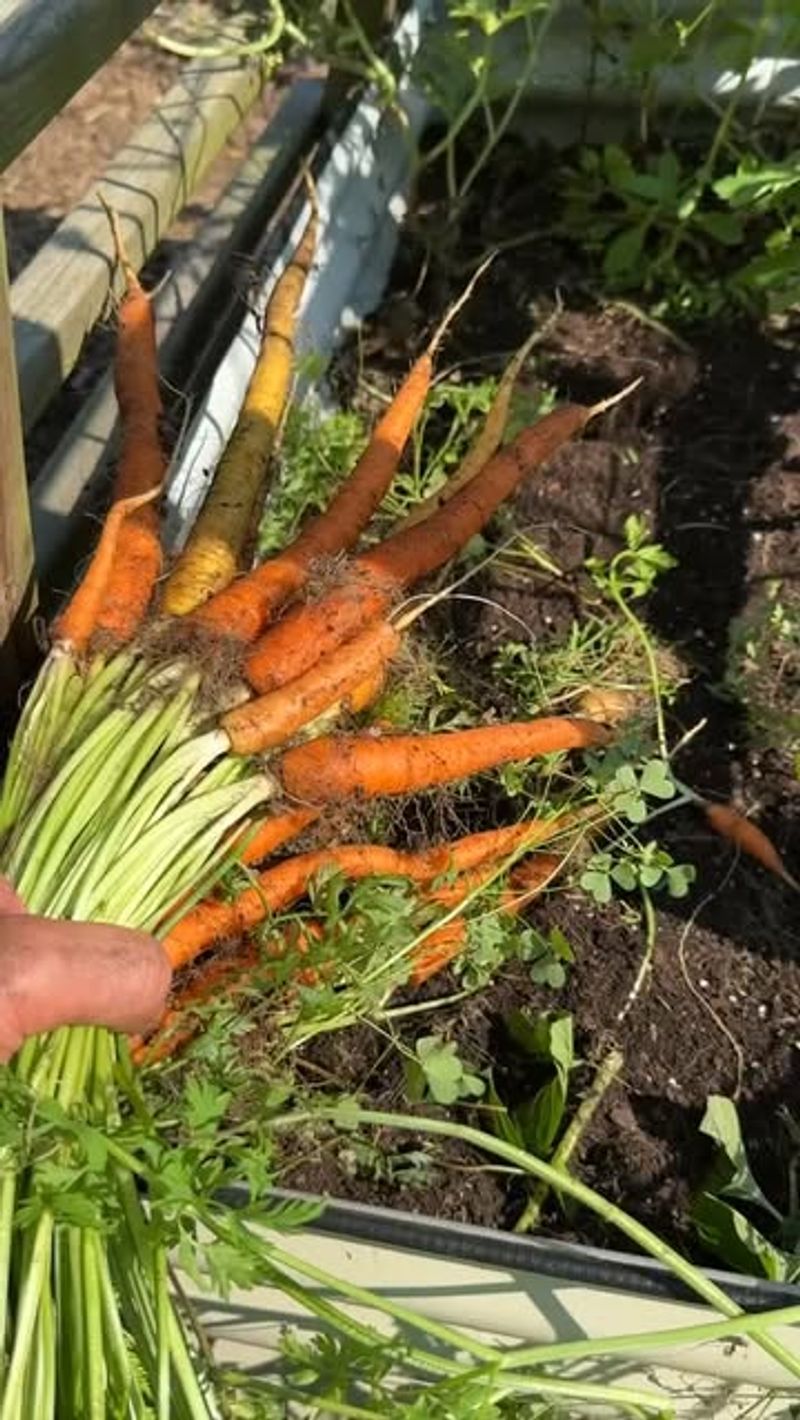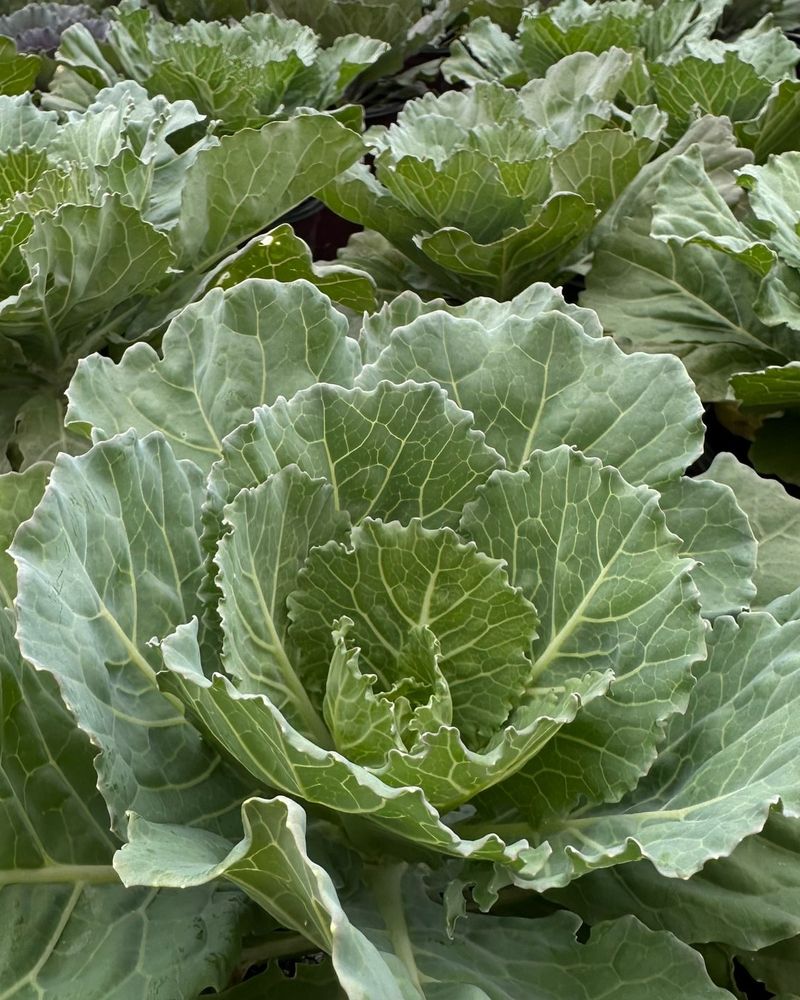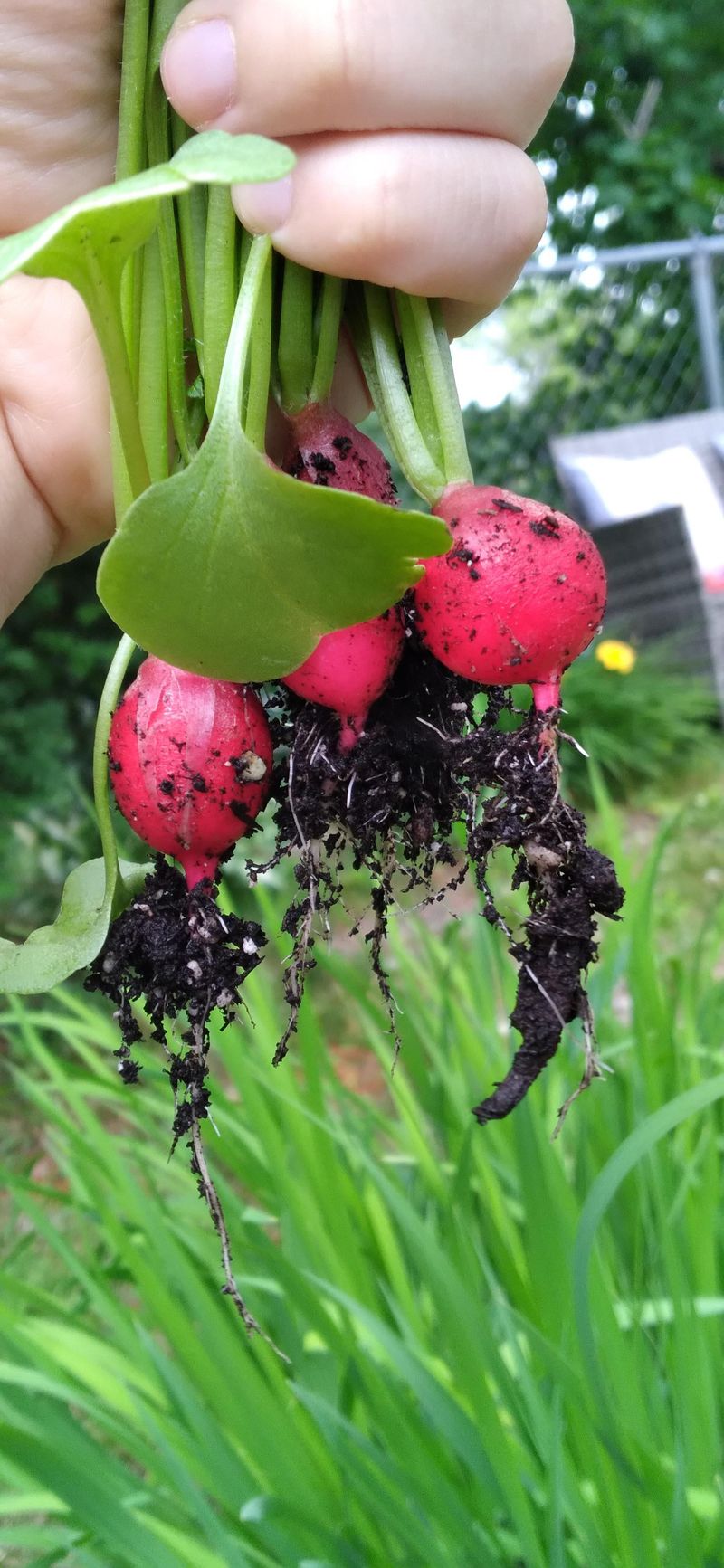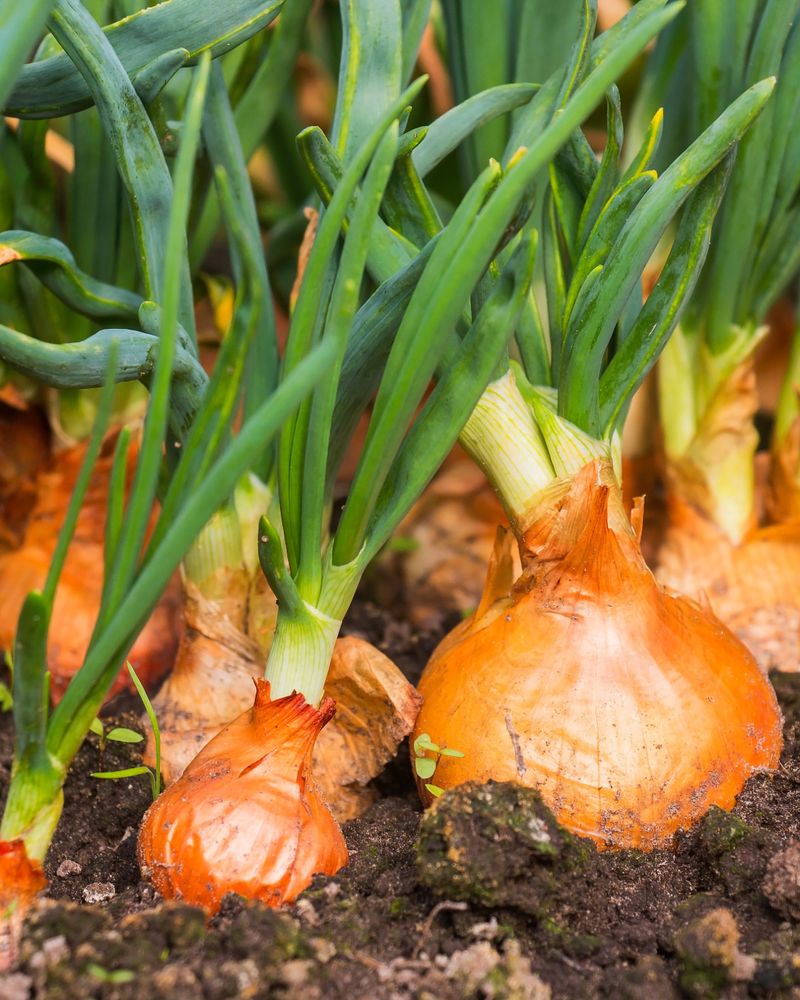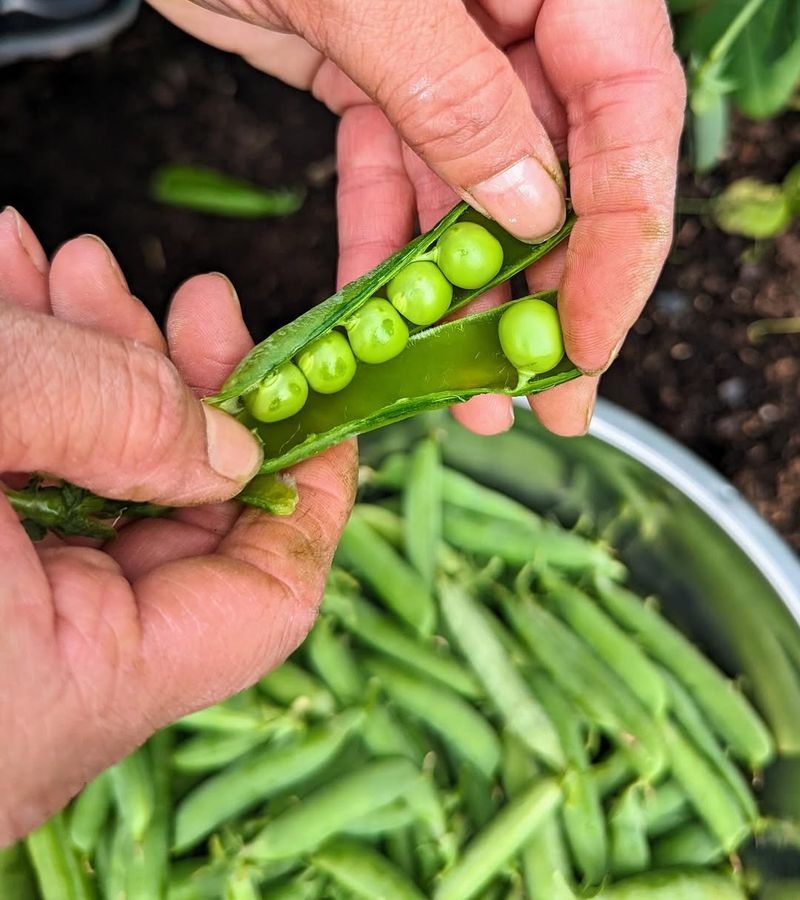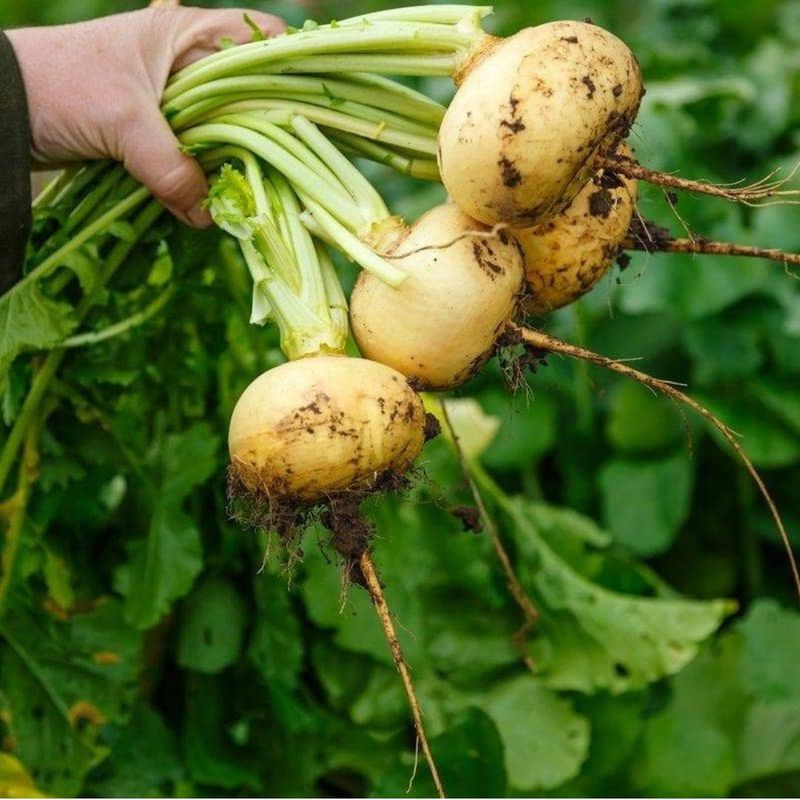Kentucky gardeners have the advantage of four distinct seasons, and that means more veggie options than you might expect.
Some crops thrive no matter what the calendar says, giving you fresh food nearly all year long. These 14 vegetables are top performers in Kentucky soil.
Get ready for a garden that keeps on giving season after season.
1. Tomatoes
Nothing beats the flavor of homegrown tomatoes in the Kentucky summer heat. They flourish when temperatures climb, producing abundant harvests from June through September. Many Kentucky families make preserving these summer gems a tradition.
Plant after the last frost and choose varieties like ‘Kentucky Beefsteak’ for best results in local conditions. The state’s warm nights and moderate humidity create perfect tomato-growing conditions.
2. Kale
Cold-hardy and resilient, kale shines in Kentucky’s cooler seasons. Fall plantings often survive winter’s chill, providing fresh greens when little else grows. The flavor actually improves after a light frost hits the leaves.
Kentucky gardeners appreciate how this nutritional powerhouse keeps producing through multiple seasons. For best results, plant in late summer for fall harvest and again in early spring.
3. Green Beans
A staple in Kentucky gardens, green beans produce heavily during summer months. Bush varieties mature quickly, while pole types keep producing until frost if harvested regularly. Many Kentucky families have passed down favorite bean varieties for generations.
The state’s warm summer nights help these plants thrive and produce tender pods. Plant successively every few weeks for continuous harvests from June through September.
4. Garlic
Fall-planted garlic develops strong roots before winter dormancy in Kentucky’s climate. After overwintering, spring growth explodes, leading to summer harvest of flavorful bulbs. Many local gardeners swear the state’s soil produces exceptionally tasty garlic.
Kentucky’s distinct seasons provide the perfect temperature changes garlic needs to develop properly. Plant cloves in October, mulch heavily, then harvest when lower leaves begin yellowing in June.
5. Lettuce
Perfect for Kentucky’s spring and fall seasons, lettuce grows quickly when temperatures remain mild. The state’s generous rainfall patterns in these seasons support tender, sweet leaves without much supplemental watering. Multiple varieties can be grown simultaneously for colorful salads.
Kentucky gardeners often extend the growing season using row covers during light frosts. Plant every two weeks in early spring and again starting in late August for continuous harvests.
6. Sweet Potatoes
Kentucky’s long, warm growing season provides ample time for sweet potatoes to develop their sugary goodness. These heat-loving roots utilize the full summer to store energy and develop flavor. Many Kentucky families consider them essential for holiday tables.
The state’s sandy loam soils in certain regions are particularly suited for growing perfect sweet potatoes. Plant slips after soil warms in late May and harvest before the first hard frost.
7. Broccoli
Spring and fall crops of broccoli thrive in Kentucky’s moderate seasons. The cooler temperatures produce sweeter, more tender heads than summer-grown plants would. Kentucky’s climate allows for two distinct growing seasons for this nutritious vegetable.
Many gardeners across the state prefer fall crops, which mature during cooling temperatures rather than warming ones. Plant seedlings in March or August for best results in the Bluegrass State.
8. Peppers
Hot or sweet, peppers love Kentucky’s summer heat. They produce abundantly from early summer until frost if properly maintained. The state’s growing season is long enough to allow peppers to fully ripen to their sweetest, most colorful stage.
Kentucky gardeners often grow both bell peppers and spicy varieties. Plant after danger of frost has passed, and provide consistent moisture during the hottest weeks for best production.
9. Carrots
Spring and fall plantings of carrots yield sweet, crunchy roots in Kentucky gardens. The state’s loose, sandy loam soils in many areas create ideal growing conditions for straight, unblemished roots. Frost-kissed fall carrots develop exceptional sweetness.
Kentucky gardeners often sow carrots in succession for extended harvests. Plant in March for early summer harvest and again in August for fall and winter enjoyment from the garden.
10. Cabbage
Hardy and versatile, cabbage grows beautifully during Kentucky’s cooler seasons. Spring crops mature before summer heat, while fall plantings often last well into winter. Many Kentucky families preserve the harvest as sauerkraut or use it in traditional recipes.
The state’s moderate rainfall during spring and fall provides nearly perfect growing conditions. Plant seedlings in February for spring harvest and again in late July for fall and winter heads.
11. Radishes
Quick-growing radishes provide nearly instant gratification in Kentucky gardens. From seed to harvest in just 25 days, they’re perfect for impatient gardeners. The state’s spring and fall seasons offer ideal growing conditions for these peppery roots.
Kentucky children often grow radishes as first garden projects because of their rapid results. Plant every week during spring and fall for continuous harvests of these crisp, colorful additions to salads.
12. Onions
Early spring planting allows onions to develop during Kentucky’s gradually warming days. Long-day varieties thrive in the northern parts of the state, while short-day types do better in southern Kentucky. Many gardeners grow both green and storage types.
The state’s distinct seasons provide the temperature changes onions need to properly form bulbs. Plant sets or seedlings in March, and harvest when tops begin falling over in midsummer.
13. Peas
Early spring in Kentucky brings perfect conditions for sweet, tender peas. They thrive in cool weather and can be planted as soon as soil can be worked. The state’s mild early spring provides just the right growing environment.
Kentucky gardeners often plant snow, snap, and shelling varieties for different uses. Sow seeds in late February or early March for harvest before summer heat arrives, making room for later warm-season crops.
14. Turnips
Dual-purpose turnips provide both nutritious greens and tasty roots in Kentucky gardens. Fall-planted turnips often overwinter, providing early spring harvests before other vegetables are ready. Many Kentucky families have traditional recipes featuring both turnip parts.
The state’s cooling fall temperatures create exceptionally sweet roots without bitterness. Plant in August for fall harvest and storage, using both the vitamin-rich tops and the crisp, white roots.

